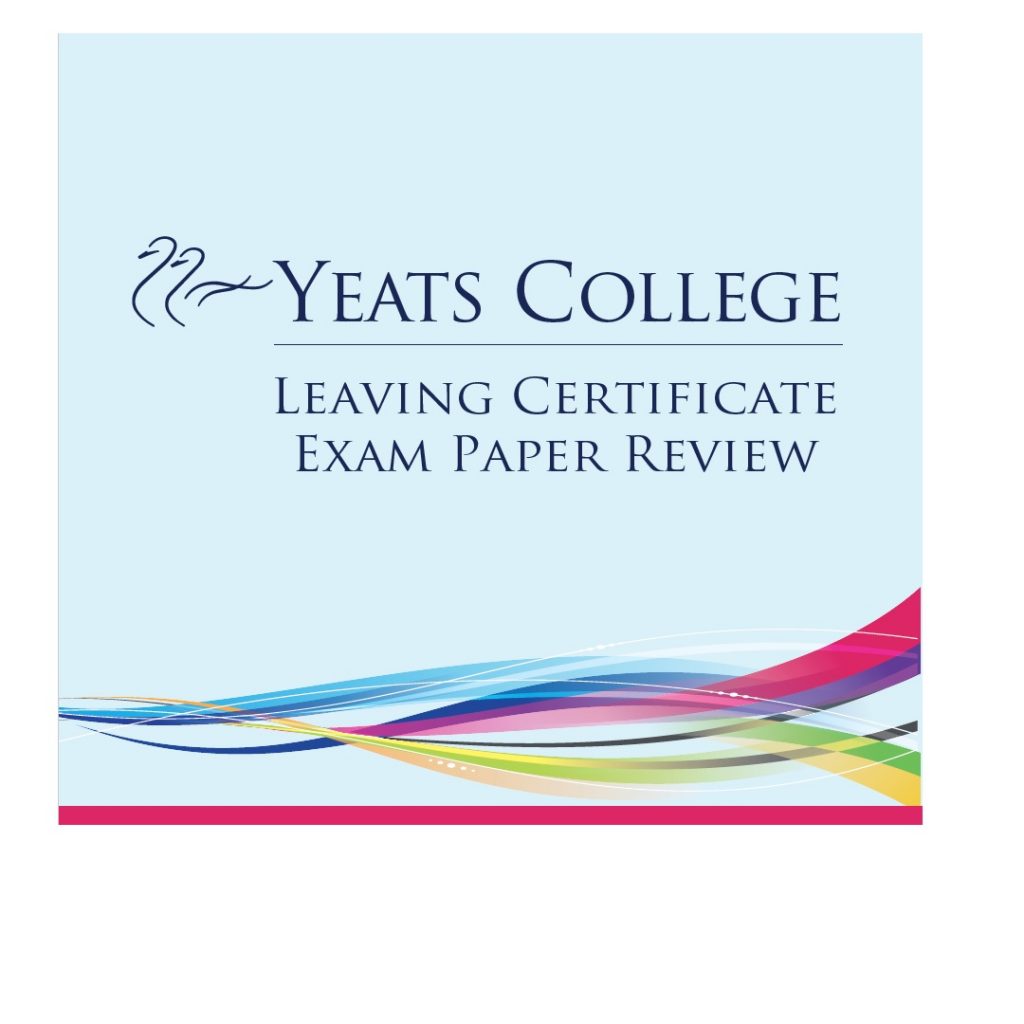by Katrina Davitt
PhysChem an exam of two halves that meant students would have benefited from being able to answer the fifth question from either the Physics or Chemistry side.
The physics side of the paper had no initial surprises with a nice and varied selection of short questions in Q1 followed by Q2, Q3 and Q4 which contained similar topics to previous years. However, some of the questions were challenging and required some thought. Q2 was based on mechanics, with a well laid out and easy to follow question. Q3 was based on light and contained a calculation that required a good knowledge of plane, convex and concave mirrors. Q4 was based on heat, specifically on the gas laws. Q5 was based on electricity and required students to draw and explain two graphs, which was very doable with the extra time given in the exam. Q6 requires students to answer two out four parts and did not provide students with as much choice as we would normally see in this section. Q6(a) was a mechanics question that included gravity which was a big change to what we normally see on the exam. Q6(b) was based on electricity, with a straight forward question on Ohm’s law. Q6(c) was a question on light waves and the electromagnetic spectrum. Q6(d) was a question based on radiation. Overall, the physics side of the exam was unbalanced with light and electricity getting 1.5 questions and mechanics and gravity overlapping. Students who were well prepared had the opportunity to show off their learning in questions that were fair and easy to follow but may have found they did not have as much choice as they would have had in previous years.
The chemistry side of the exam was very well received with a good structure and no big changes along the way. Q7 contained straight forward short questions that any prepared student would have been able to answer easily. Q8 was a question on atomic theory, mainly focused on ionisation energies with a well-presented graph for students to interpret. Q9 was a titration question, with a good mix of acids, bases and pH along with a straight forward titration procedure. Q10 contained oxidation- reduction and electrolysis and Q11 organic chemistry which had some focus on hand sanitisers, which was also seen in the chemistry exam. Q12 requires students to answer three out of four parts and two of these parts (b) and (c) were based on atomic theory which was very fair with straight forward questions. 12(a) contained a mole calculation question, similar to previous years. Hess’s law in question 12(d) was asked in a way not seen before on the exam and was difficult. Overall, the chemistry side of the exam provided students with a wide range of choice and a well-prepared student would have felt confident in their ability to answer 2-3 questions.






